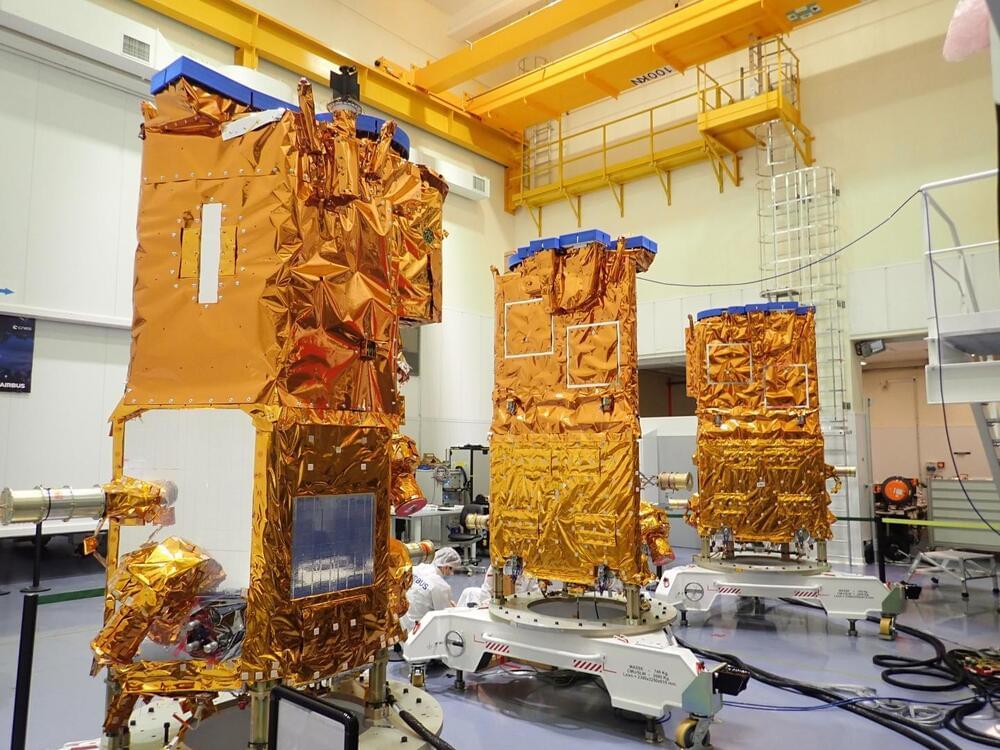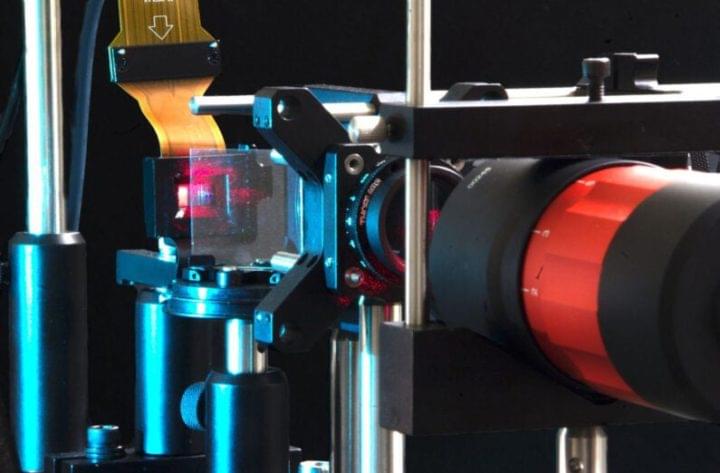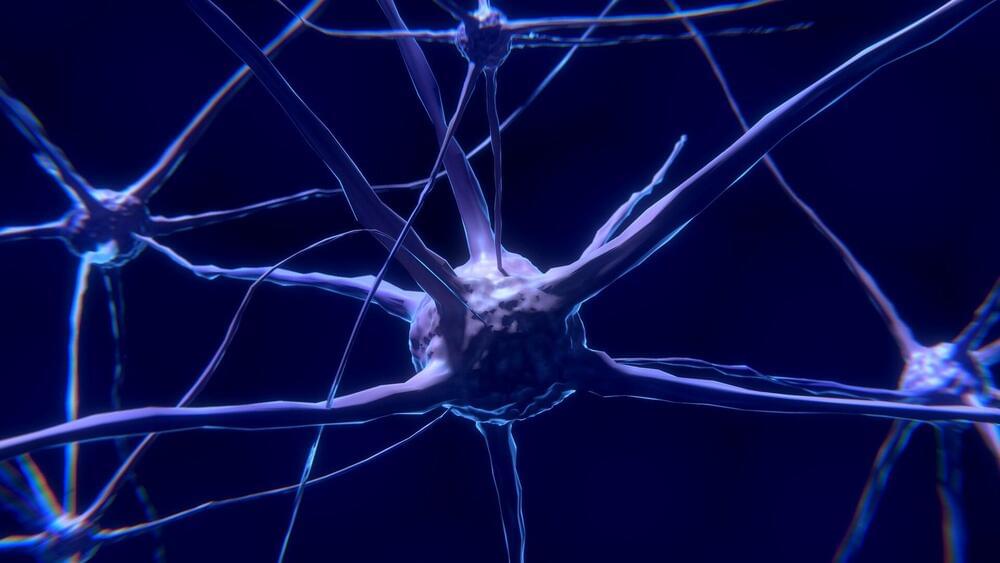Nov 20, 2021
Joscha Bach — Reconciling consciousness with physicalism
Posted by Dan Breeden in categories: cosmology, neuroscience, physics
Speaking at the 6th International FQXi Conference, “Mind Matters: Intelligence and Agency in the Physical World.”
The Foundational Questions Institute (FQXi) catalyzes, supports, and disseminates research on questions at the foundations of physics and cosmology, particularly new frontiers and innovative ideas integral to a deep understanding of reality but unlikely to be supported by conventional funding sources.
Continue reading “Joscha Bach — Reconciling consciousness with physicalism” »

















